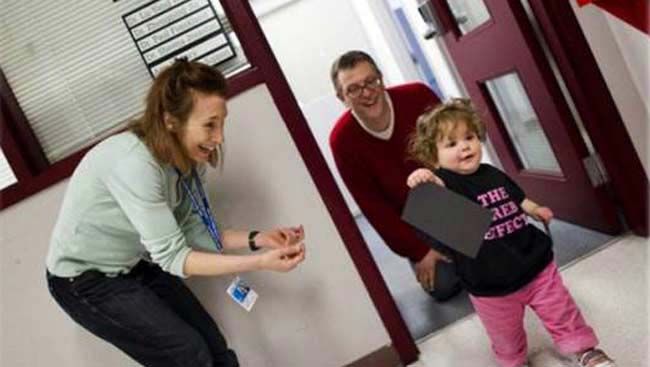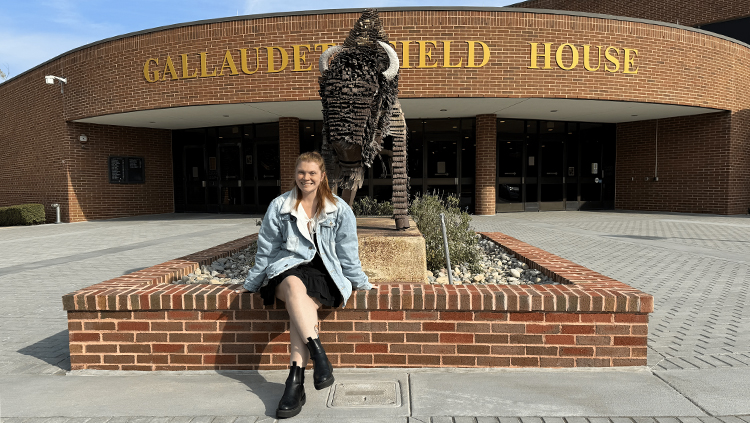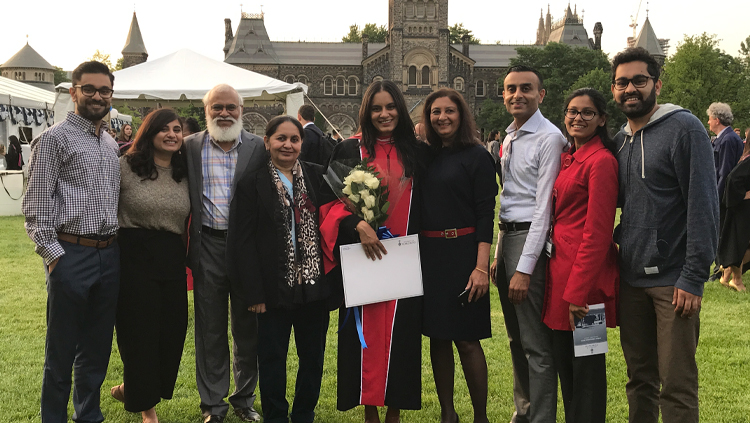
People often ask me, “Can you have it all?”
I don’t know if you can, but I’m certainly having a good time trying. Here’s how.
When Paul, my husband and also a neuroscientist, and I started our research careers as independent principal investigators, we worked all the time, talked science, and lived science. Everything was science.
After having our daughter Charlotte, our time management strategies and priorities needed to shift. We adjusted by integrating our personal and professional lives and tag-team parenting, a natural approach for us.
Two weeks after Charlotte’s birth, forgoing Canada’s one-year maternity or paternity leave, we brought Charlotte to my lab, with my husband working in the office right next door. After six months, she began day care. Currently, she’s in senior kindergarten.
Charlotte is a regular fixture in the lab and knows all of the graduate students and postdocs. She loves it! It’s important to me that Charlotte sees that I work, and that her father works. I also think it’s vital to show the men and women in my lab that you can have both a family and a science career.
More broadly, I believe there are two approaches to paving the way forward for women in neuroscience.
Top-down approach
Change the system. We have to try to find ways to improve it.
- Always educate yourself.
- Be aware of implicit and explicit biases that can be passed on. I want to stop any unconscious biases in myself and challenge my colleagues to recognize and prevent these biases from making an impact.
- Just say no to casual sexism.
Bottom-up approach
As individuals, let’s make our careers in science more of what we want.
- Do science like no one is watching, like you’re not being judged. Challenge yourself by doing things you’re afraid to do. One of the things I love about science is you can do anything you want.
- Embrace your true inner self by tapping into what makes you uniquely you and what you’re passionate about. Have the confidence to make your science very personal. The brain is very complex, and I think we can solve it best by using our unique perspectives.
- “Lean in” to the bench. Speak up even if your voice is sometimes squeaky. Be an active player in the story of your life and career.
- Build a village. Seek out mentors, engage your family, and find supportive friends to create a real support network.
I try to be very optimistic about science, of course recognizing there are challenges. But what I really want us to do is embrace the sheer joy and fun of being neuroscientists. I want to share this joy so people in my lab and elsewhere can build their own labs and careers, having the fun and wonderful life that I’m having.
Adapted from the webinar, In First Person:Tips to Survive and Excel as a Woman in Neuroscience. Also read, A Personal Perspective: Why Increasing the Advancement of Women in Neuroscience Matters.








